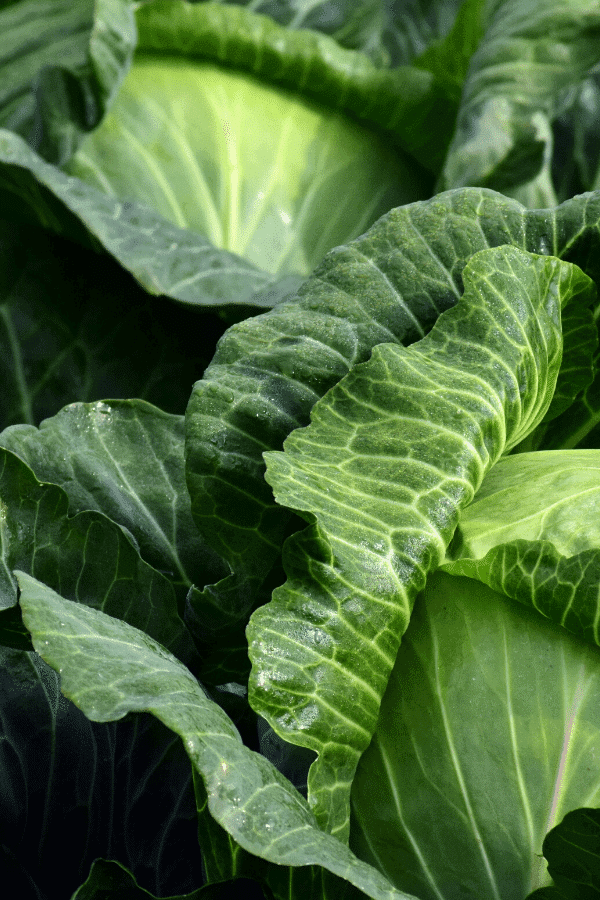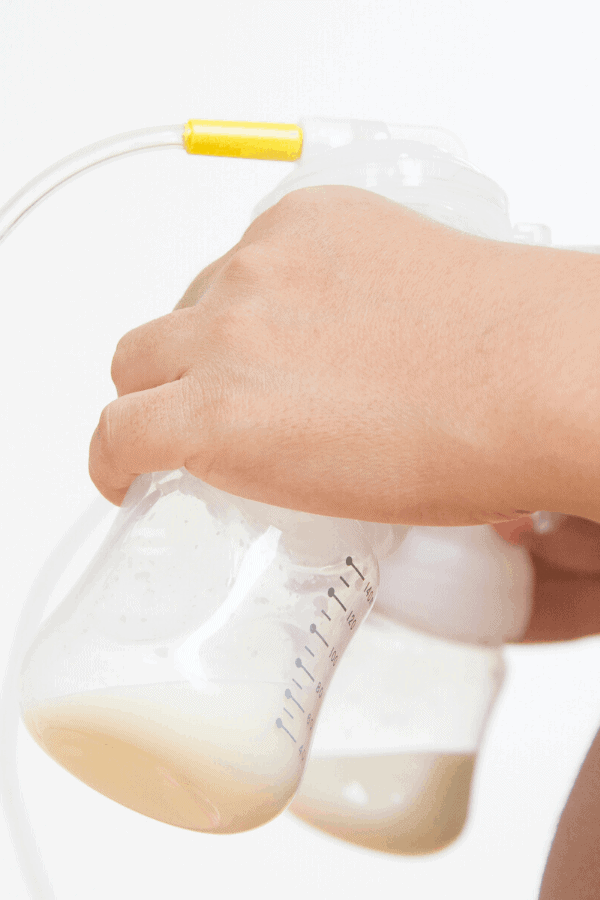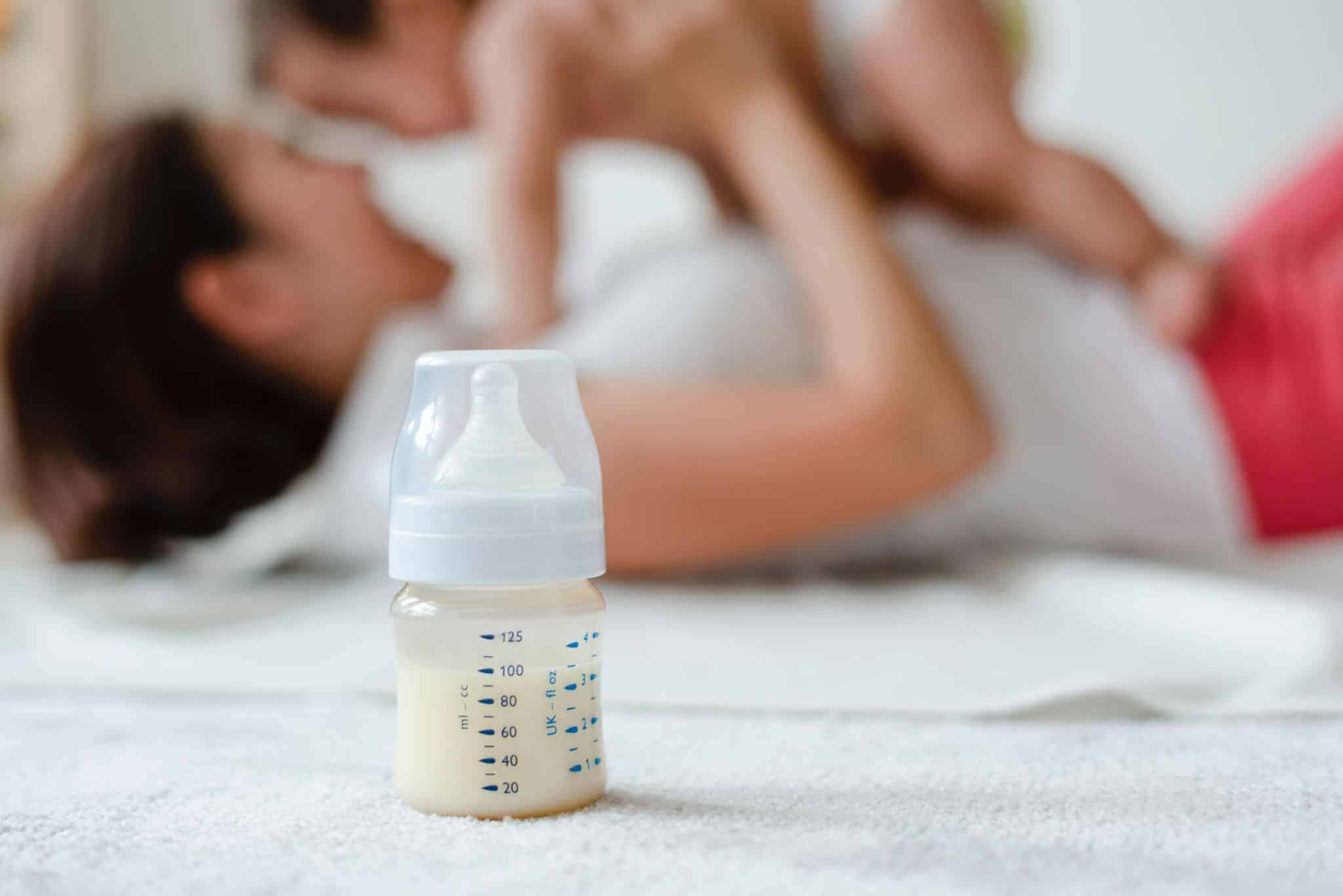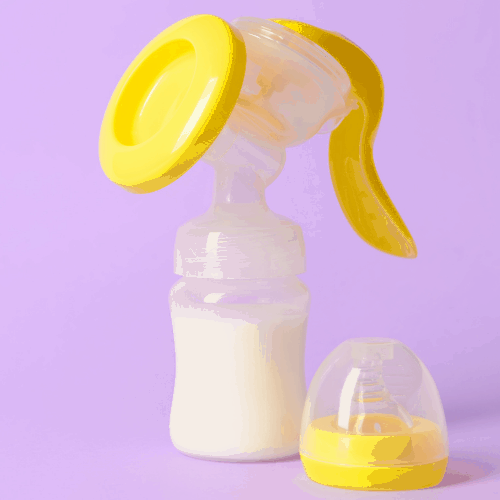The best way to dry up your breastmilk without getting mastitis are; Prescription anti lactation medication, cabbage leaves, sage tea, super supportive bra, weaning off breastfeeding, slowly reducing the amount you are pumping, using heat and vibration, and a lot of patience!
Are you thinking of stopping breastfeeding but are scared of getting Mastitis?
When should you stop breastfeeding? That’s totally up to you and your baby. You may want to stop but your baby has other ideas or like me, you may want to keep the attachment.
There will however come a point that you will need to stop.
Here is everything you need to know about drying your breastmilk without getting mastitis whether you are breastfeeding or pumping.
[adthrive-in-post-video-player video-id=”kWjFbzdw” upload-date=”2022-02-24T15:02:04.000Z” name=”How to Dry Up Breastmilk.mp4″ description=”Are you thinking of stopping breastfeeding but are scared of getting Mastitis? Here is everything you need to know about drying your breastmilk without getting mastitis whether you are breastfeeding or pumping.
” player-type=”collapse” override-embed=”false”]
As an Amazon Associate I earn from qualifying purchases. The links below may be affiliate links. Please read my disclosure policy for more information.
Dry up your milk, fast!
Breastfeeding can be a wonderful experience, but the day will soon arrive when you know the shared journey will or should come to an end.
The problem with when to stop breastfeeding is the fact you may still be expressing milk. So, you need to learn how to dry up your supply if you are pumping.
Sometimes it isn’t an option of continuing and it can be difficult to hear all of the other mums boasting about how their baby self-weaned, but you just can’t do it anymore.
You might feel a huge amount of relief to stop breastfeeding. The constant no-nip attachment will definitely make you feel less pressured and stressed.
You’ll feel like a brand-new mum and you’ll be at your utmost best.
If you stop breastfeeding by going completely cold-turkey then you will be running the risk of clogging your ducts and potentially causing mastitis.
Mastitis is best to be avoided as it can be painful and very uncomfortable due to the inflammation of the breast tissue.
Of course, you might not be at risk and it may never happen, but it’s better to be aware and knowledgeable in regards to how to dry up milk.

When to Stop Breastfeeding?
In all honesty, if both mother and baby are well and happy, then there is no reason to stop, but you are entitled to breastfeed for as long or short as you want.
Although, there may be some circumstances in which it’s better and healthier to stop, such as:
If you have very little time to keep up with the supply
Whether you’re a mum of multiple children, working or have other mind-distracting responsibilities, it can be difficult for you to keep up with the demand of nursing and any extra pumping you have to do.
Medication
Unfortunately, some medications should not be taken while breastfeeding, so if you have an appoitment with the doctor and you get put on a new medication.
Please seek advice and ensure that it is suitable if not, it’s time to dry up.
Sickness
It can be a difficult and emotional decision to dry up due to a serious illness such as cancer.
Thankfully, this isn’t very common, but it may be a case of being too tired or the treatment not being suitable while breastfeeding.
Related: Best Bassinet for Breastfeeding

Loss of baby or adoption
This is sad to think about, but it does happen.
If a mother loses her baby or gives the baby up for adoption, her breasts will lactate regardless.
Stress overproduction
It is a constant worry for some breastfeeding mums whether their baby is having enough milk.
It isn’t as easy as formula feeding when you can measure exactly how much you’re baby is drinking at every feed.
If mum is stressed over this, then the baby will sense it and become stressed too. This causes a strain on the relationship.
Due to the lack of understanding in babies and toddlers in regards to lack of milk supply, it can cause frustration, extra nursing and potential biting (from the baby, not the mum).
Stopping your breastmilk supply without the worry of mastitis
Speak to you doctor about anti-lactation medications
Your doctor will be able to advise you of the best medication for you and your body.
If you don’t want to take medication then you can also ask for other advice.
It isn’t recommended but Sudafed has been successfully used by many women.

Cabbage leaves to dry up milk
If you take the leaves of a cold cabbage and use a rolling pin (or something similar) to crush the leaves, it will enable the breaking up of enzymes.
You should then line them inside your bra or purchase Caboceam which is even better.
Sage tea to dry up breastmilk
Your breast milk supply could be cut down by drinking sage tea due to the natural estrogen levels.
Just add one teaspoon to a hot cup of water for approximately 15 minutes and then repeat every 6 hours.
Ensure to wear a bra for support and a comfortable, loose top
This will help with comfort and ease when you’re trying to dry up your milk.
Weaning gradually off breastfeeding
If you’re able to wean gradually then this is without a doubt the best and easiest way to dry up your milk supply, especially when your babies needs become less frequent.
Weaning off Pumping
Pumping should be avoided unnecessarily and only when it is really required.
It would be beneficial if you could increase the interval between pumping so your supply eventually decreases.

Be patient
It isn’t something that will happen overnight. Sometimes it can take anywhere between a week and 10 days; it all depends on the length of time you’ve breastfed for and what stage you’re at.
Keep some milk in there
If you completely emptying your breast, you’re just making room for more milk to flow in.
The trick is to ensure there is a slight amount of milk left.
If you’re in pain and your breast is painful and swollen, then you need to empty it otherwise your duct could get clogged.
Take a hot shower
Okay, so this isn’t actually a way to stop your milk supply, but it does help with the pain that comes with stopping.
The heat will help with any pain and discomfort.
Remember to take the pill if your doctor has advised it
Very similar to sage tea, the pill can increase Oestrogen which will ultimately reduce your milk supply.
Although, it would be best to consult with your doctor before starting any contraception due to the risk of blood clots.
Is it signs of milk drying up, supply leveling out or a growth spurt?
You might already think that you’re drying up when it really might not be.
You need to know what is happening before you make any decisions and the best way to do this is to consult with your midwife and get your baby weighed regularly.
Signs of your milk drying up or issues that need to be addressed
If your baby is producing less than 6 nappies a day.
If you go to your midwife or doctors to weigh your baby and they’re losing weight.

Normal breastfeeding occurrences and not an indication of your milk decreasing.
It’s normal for your body to take a month or so to get into a proper cycle and learn how much milk to make.
You might be used to firm breasts but as your body regulates, your breasts will become softer and feel ‘empty’, but don’t worry, there’s still milk in there!
If your baby doesn’t seem satisfied, it could be a growth spurt, within reason.
It may take your body a little while to increase its production as your baby wants more as it’s growing.
If you have a newborn though, they shouldn’t constantly be crying and unhappy so speak to your midwife if this is the case.
What is the best way to dry up your breastmilk?
Starting slow and dropping one session at a time is definitely the easiest way for both mum and baby to dry up.
Daytime feeds are usually easier, so stop with them first. Offer another liquid instead of your breast or distract them by doing something fun if they’re really fighting it.
Moving onto night feeds is by far the hardest, but if you distract them and comfort them withholding or singing, it should get easier.
Try not to give in, otherwise it will take longer.
If you have a partner available, then it might be necessary to involve them. The smell of a partner would be better due to the smell of mum making the baby want to feed.
It can take up to a month of completely dry up so if you’re still leaking a little it, don’t worry. Keep at it and don’t give up.

What prescription Anti-Lactation medications can I use?
Some of these medications have quite crazy side effects, so please read up about what you’re going to buy before you do.
Make sure you know what you’re getting into!
Dostinex
Even if you use Dostinex and decide that you want to continue breastfeeding, you will be able to.
It is more effective if you’re just looking to decrease your supply.
Parlodel
These side effects can be more severe than those of Dostinex so definitely speak to your doctor before taking this.
If you’re unable to breastfeed for medical reasons then Parlodel will help suppress and prevent breast milk production.
If you’re finding no other methods are working then turn to prescription drugs. They can help with the over-production of breast milk as well as drying up.
Just ensure you research a wide amount before taking anything.
Stopping breastfeeding can feel as if it’s taking longer than it actually is.
It can be slow and worrying, but your baby will be happy and so will you. It is always good to know what worked for friends and family members too, so always ask and never feel embarrassed!






